Textures in Focus: Capturing the Artistic Beauty of Polished Concrete Floors
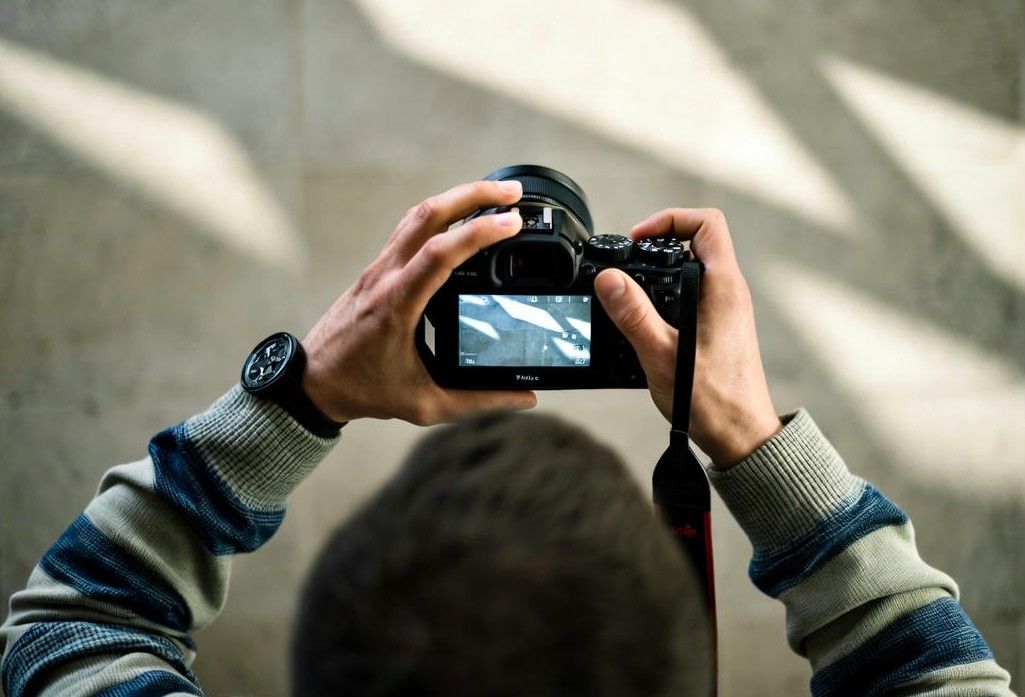
Every polished concrete floor tells a story of craftsmanship and light. From art galleries to industrial lofts, these smooth, reflective surfaces have become a favorite subject among photographers who appreciate texture and contrast. The subtle interplay of shadow and shine on a concrete floor adds depth, creating minimalist compositions that speak of modernity and calm precision.
Professional photographers have discovered that beauty can come from unexpected places. When light meets a perfectly leveled surface created through the skills of JB Betonvloeren, makers of concrete floors (Betonvloer storten), the result is a canvas rich in detail and reflection. The sleek finish, often enhanced with a soft polish, becomes more than a background. It transforms into a character that interacts with every subject, offering visual intrigue without overpowering the composition.
Lighting: The Secret to Bringing Concrete to Life
Lighting defines how polished concrete behaves in front of the camera. Whether it is natural sunlight streaming through large warehouse windows or artificial studio lighting, the way light hits the surface determines its mood. Soft, diffused lighting emphasizes the natural texture and subtle grain of concrete, giving it a velvety appearance. On the other hand, strong directional light can create high contrast and sharp reflections, ideal for edgy, modern photography.
Experimentation is key. Photographers often move their light sources around to see how the floor’s reflective surface responds. Side lighting highlights imperfections, turning small cracks or stains into unique design elements. Meanwhile, overhead lighting captures symmetry and reflection, perfect for minimalist setups. The polished texture reacts like water, mirroring movement and color in unexpected ways.
Industrial Spaces: The Perfect Backdrop for Modern Photography
Concrete floors thrive in industrial spaces. Old factories, renovated studios, and open lofts often feature these smooth surfaces, which pair beautifully with raw brick walls and steel frames. Similar to how real estate photographers capture the essence of evolving spaces, real estate photographers play an important role in affordable housing programs, documenting how industrial and residential areas transform into creative hubs. This combination gives photographers a timeless setting for fashion, product, or lifestyle shoots. The neutral tone of concrete complements bold colors, metallics, and even pastels, making it an adaptable base for creative work.
These settings offer a sense of authenticity. The rough textures of exposed structures contrast with the sleek shine of the floor, allowing photographers to play with light, geometry, and human emotion. A well-polished floor reflects subtle details, such as a model’s silhouette or the shape of a moving fabric, turning a simple pose into a striking image.
Composition and Texture: The Artistic Balance
Capturing the perfect shot of a polished concrete floor requires balance. The challenge lies in emphasizing the texture without making it look flat. Wide-angle lenses help capture the depth of the surface, while close-up shots reveal its tactile beauty. Photographers often use leading lines from the concrete’s seams or trowel patterns to guide the viewer’s eye into the frame.
Reflections play a vital role too. A polished floor reflects ambient surroundings, soft light, and even subtle colors. This natural mirror effect can be used creatively, especially in architectural or product photography. By adjusting exposure and using a tripod for precision, artists can capture both the clarity of the reflection and the character of the surface beneath it.
Why Polished Concrete Captures Attention
There’s something timeless about polished concrete. It bridges industrial strength and artistic simplicity, offering a raw yet refined aesthetic that suits modern photography. For those who appreciate design, the process behind creating concrete floors add another layer of fascination. Every mark and polish pattern carries a sense of craftsmanship that photographers are naturally drawn to.
Minimalism thrives here. By stripping away distractions, the focus remains on form, shadow, and light. This simplicity allows photographers to experiment freely, crafting scenes that are clean yet emotionally rich. Whether used in architectural shots or lifestyle portraits, the polished floor provides both depth and clarity, elevating the visual narrative.
Conclusion: Finding Art in the Ordinary
Photography is about seeing beauty where others might not. Polished concrete floors challenge photographers to look closer, to find art in subtle reflections and soft shadows. The next time a beam of light grazes across a freshly finished surface, it might reveal an image waiting to be captured. With the right light, composition, and an eye for detail, every concrete surface can become a masterpiece. After all, the artistry of concrete floor is not just in its creation, but in how it inspires those who see beyond the surface.

 Private investigators rely on photography to uncover truths that are often hidden in plain sight. Their work transforms a simple camera into a powerful tool for capturing evidence. This craft, usually conducted under pressure, blends technical skill with creative instinct. Surveillance photography isn’t just about snapping pictures. It’s about telling a story that holds up in court or resolves a personal dispute. The stakes are high, and the images must be clear, precise, and undeniable.
Private investigators rely on photography to uncover truths that are often hidden in plain sight. Their work transforms a simple camera into a powerful tool for capturing evidence. This craft, usually conducted under pressure, blends technical skill with creative instinct. Surveillance photography isn’t just about snapping pictures. It’s about telling a story that holds up in court or resolves a personal dispute. The stakes are high, and the images must be clear, precise, and undeniable.



 The fusion of arts, photography, and tattoo shop dublin has become increasingly popular. This unique combination creates a vibrant and dynamic space that celebrates creativity and personal expression.
The fusion of arts, photography, and tattoo shop dublin has become increasingly popular. This unique combination creates a vibrant and dynamic space that celebrates creativity and personal expression.
 The Roman Empire also boasts other impressive technical features, including their great achievements in the plumbing industry. The public baths are composed of complex combination of drainage system and water supply. Aqueducts transfer water to towns that are far from their land. Indoor plumbing of the early models is also being used by some affluent families.
The Roman Empire also boasts other impressive technical features, including their great achievements in the plumbing industry. The public baths are composed of complex combination of drainage system and water supply. Aqueducts transfer water to towns that are far from their land. Indoor plumbing of the early models is also being used by some affluent families.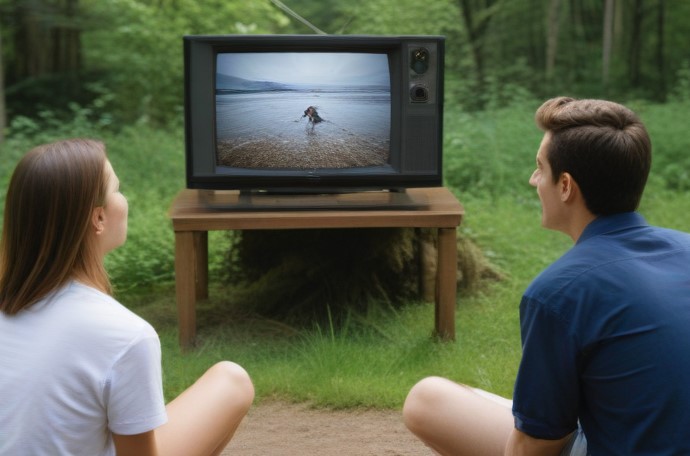
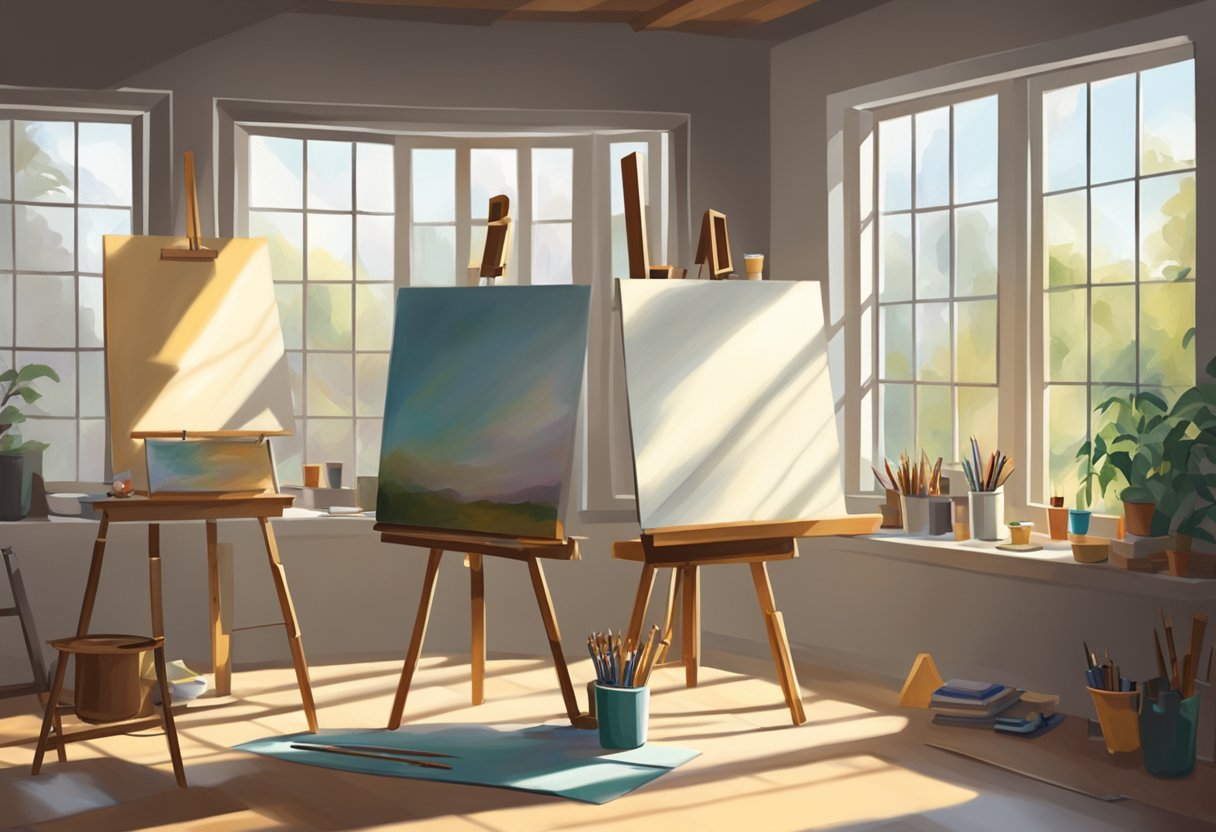
 Renovating a kitchen is more than a mere upgrade; it’s a dramatic overhaul of the home’s core, where every choice in material and design shapes the domestic landscape. But what if these transformations by Kitchen Renovations Perth were captured through the eye of a camera, framing the artistry and dedication behind the dusty overalls and paint swatches? That’s where photography doesn’t just document change; it celebrates the evolution of space from mundane to magnificent.
Renovating a kitchen is more than a mere upgrade; it’s a dramatic overhaul of the home’s core, where every choice in material and design shapes the domestic landscape. But what if these transformations by Kitchen Renovations Perth were captured through the eye of a camera, framing the artistry and dedication behind the dusty overalls and paint swatches? That’s where photography doesn’t just document change; it celebrates the evolution of space from mundane to magnificent.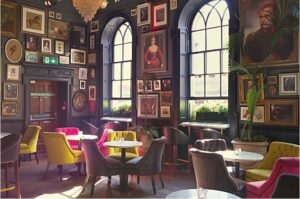


 Artistic expression knows no boundaries, constantly seeking innovative ways to push the limits of imagination. Photography, in particular, has a unique ability to capture moments and emotions that resonate with viewers. As artists and photographers continue to experiment with unconventional materials, one unexpected medium has emerged—insulation and spray foam.
Artistic expression knows no boundaries, constantly seeking innovative ways to push the limits of imagination. Photography, in particular, has a unique ability to capture moments and emotions that resonate with viewers. As artists and photographers continue to experiment with unconventional materials, one unexpected medium has emerged—insulation and spray foam.


 It would be difficult for begginers to start and take up pottery as a hobby. With any new project, it can feel like there is a lot to learn. But don’t worry, you only have to do one thing at a time. Pottery can be made in three main ways. When you start, it helps to pick one technique to focus on. There are mainly three ways to make pottery:
It would be difficult for begginers to start and take up pottery as a hobby. With any new project, it can feel like there is a lot to learn. But don’t worry, you only have to do one thing at a time. Pottery can be made in three main ways. When you start, it helps to pick one technique to focus on. There are mainly three ways to make pottery: The framing industry has long strived to provide customers with value for money and various high-quality frames. Wood is obtained from multiple trees for this purpose. However, picture frame moldings can be divided into two categories: hardwood frames and softwood frames.
The framing industry has long strived to provide customers with value for money and various high-quality frames. Wood is obtained from multiple trees for this purpose. However, picture frame moldings can be divided into two categories: hardwood frames and softwood frames.

 Sustainability has become more critical in recent years, and biophilic design has become so popular that wood is increasingly being used in interior design.
Sustainability has become more critical in recent years, and biophilic design has become so popular that wood is increasingly being used in interior design. Communication is a very important thing about photography. In other words, we are able to say that photography may be a tool for communication. It is often verbal or non-verbal communication. There are two sides to a photographer, one is technical and therefore the other is artistic. If the photographer arranges the topic in a very scene so they create sense is that the one side of the photography. On the opposite hand, if you’re thinking that artistically then you arrange the topics in a very scene to impress the emotions. There are some similarities between an excellent photographer like the creative eye, and therefore the ability to speak to their subject or clients. When the photographer captures the image, it’s important that their image communicate effectively because it’s a good impact on your photos.
Communication is a very important thing about photography. In other words, we are able to say that photography may be a tool for communication. It is often verbal or non-verbal communication. There are two sides to a photographer, one is technical and therefore the other is artistic. If the photographer arranges the topic in a very scene so they create sense is that the one side of the photography. On the opposite hand, if you’re thinking that artistically then you arrange the topics in a very scene to impress the emotions. There are some similarities between an excellent photographer like the creative eye, and therefore the ability to speak to their subject or clients. When the photographer captures the image, it’s important that their image communicate effectively because it’s a good impact on your photos.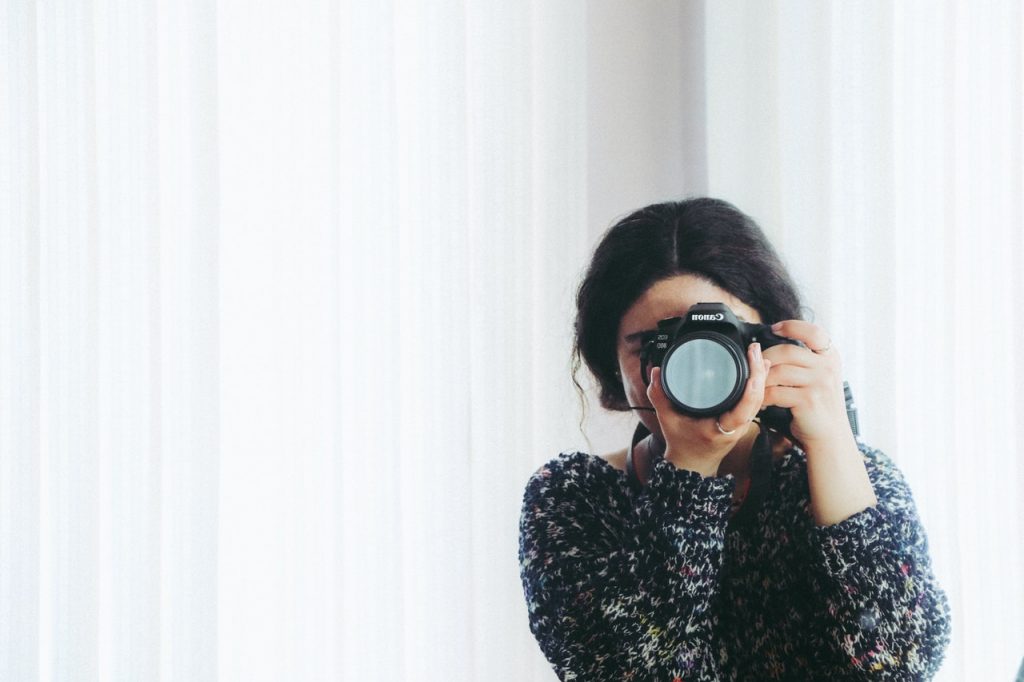

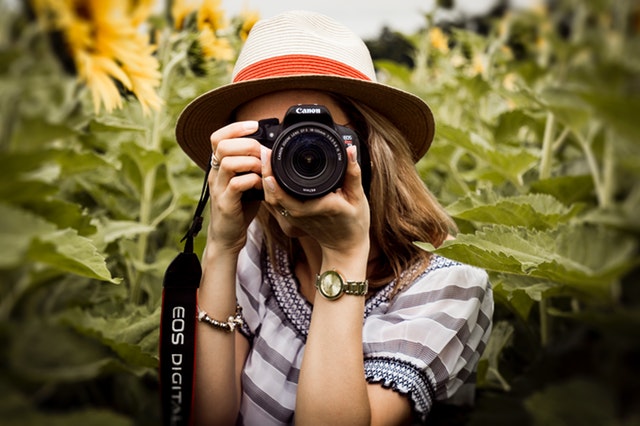 Most people get into photography because it’s fun and exciting. But once you do photography as employment or perhaps if you’re in class studying photography, it can every now and then lose its luster. Finding ways to bring joy and fun back to photography is a challenge, but maybe a worthwhile pursuit. I’m sure most folks are there at it slow or another. Photography can from time to time desire a chore, rather than something you would like and are excited to try to do. Maybe it’s because photography is your career and you have got been focused on the photography needs of others and not your own goals. Or perhaps things became so technical and formulaic that the play has been taken out of the medium for you. irrespective of true, once you lose the enjoyment that drew you to the medium, it may be frustrating, to mention the smallest amount.
Most people get into photography because it’s fun and exciting. But once you do photography as employment or perhaps if you’re in class studying photography, it can every now and then lose its luster. Finding ways to bring joy and fun back to photography is a challenge, but maybe a worthwhile pursuit. I’m sure most folks are there at it slow or another. Photography can from time to time desire a chore, rather than something you would like and are excited to try to do. Maybe it’s because photography is your career and you have got been focused on the photography needs of others and not your own goals. Or perhaps things became so technical and formulaic that the play has been taken out of the medium for you. irrespective of true, once you lose the enjoyment that drew you to the medium, it may be frustrating, to mention the smallest amount.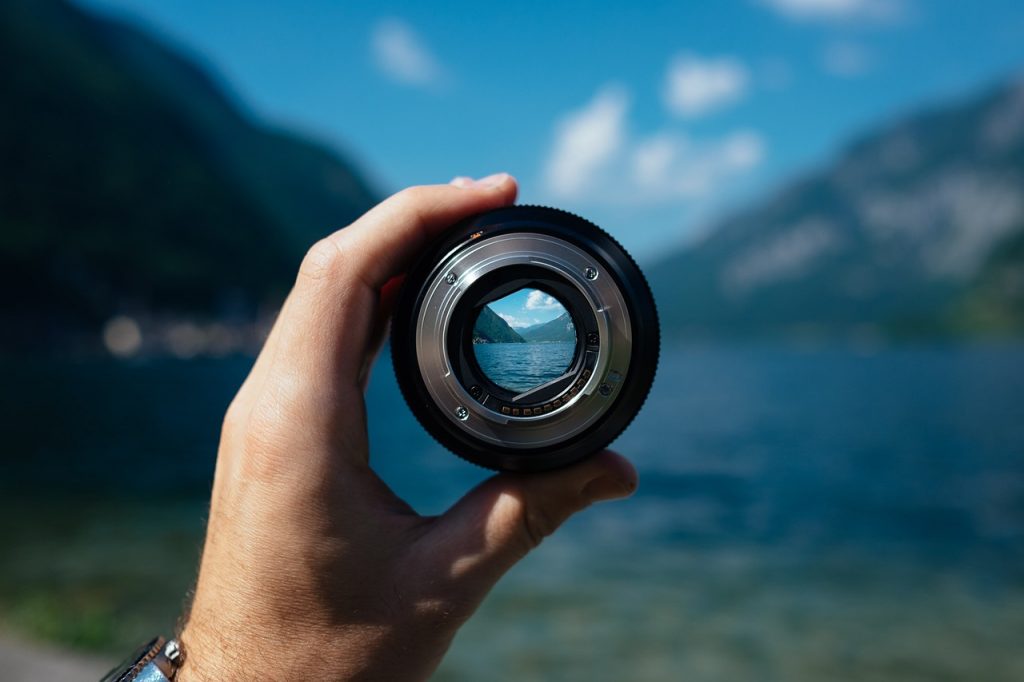
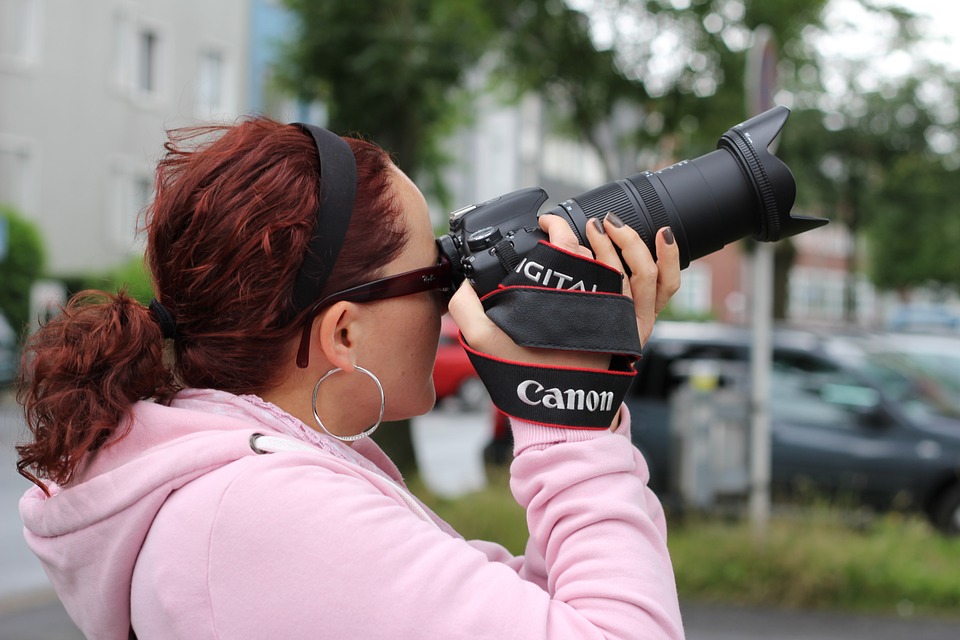
 When it comes to glass repair, it is best to hire the services of glass repair experts like Carshalton glass repair. Glass is very delicate and could be dangerous if handled improperly and carelessly. By hiring a professional glazier, you can be certain that they have the knowledge, skills, as well as the tools and equipment to safely and efficiently carry out the job, whether it is a simple or complex.
When it comes to glass repair, it is best to hire the services of glass repair experts like Carshalton glass repair. Glass is very delicate and could be dangerous if handled improperly and carelessly. By hiring a professional glazier, you can be certain that they have the knowledge, skills, as well as the tools and equipment to safely and efficiently carry out the job, whether it is a simple or complex. Glass is indeed an amazingly versatile material that it isn’t only used as a construction material but as art as well. Glass could be formed and shaped in various ways whilst retaining its artistic quality of bending and reflecting light in a unique way. Because of the versatility of glass, it has resulted in an extensive range of glass
Glass is indeed an amazingly versatile material that it isn’t only used as a construction material but as art as well. Glass could be formed and shaped in various ways whilst retaining its artistic quality of bending and reflecting light in a unique way. Because of the versatility of glass, it has resulted in an extensive range of glass 

